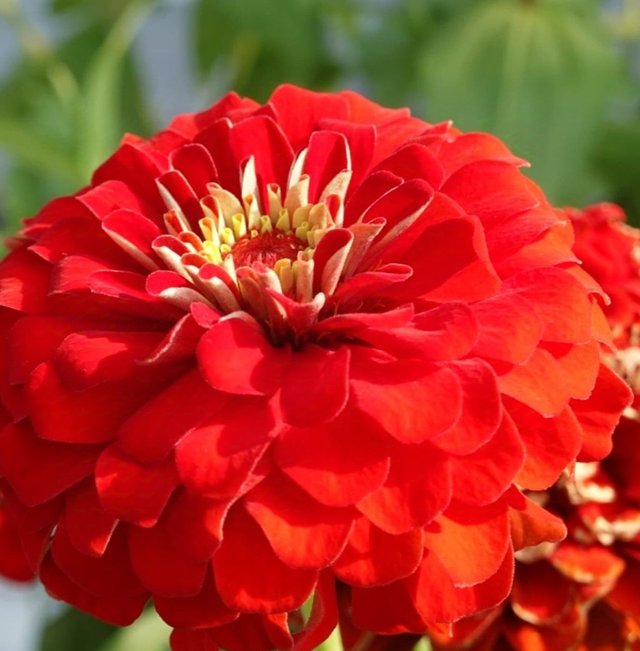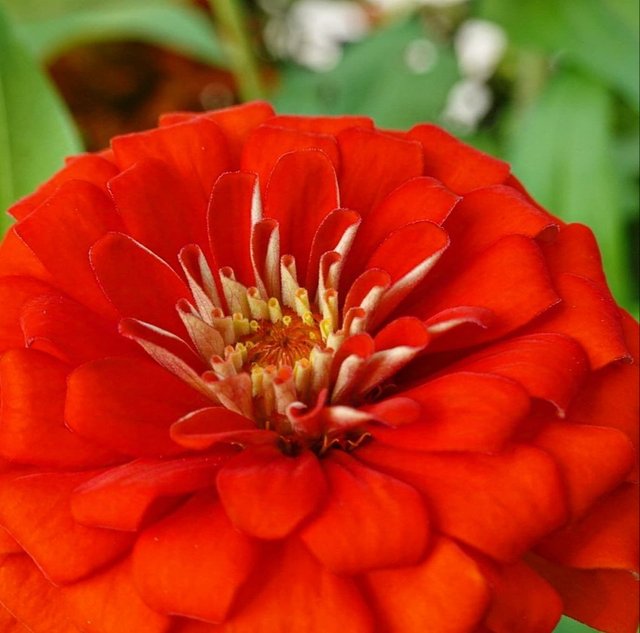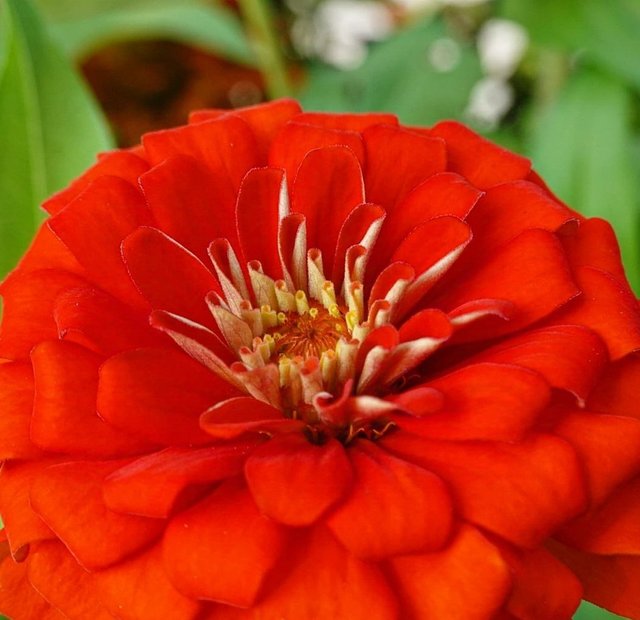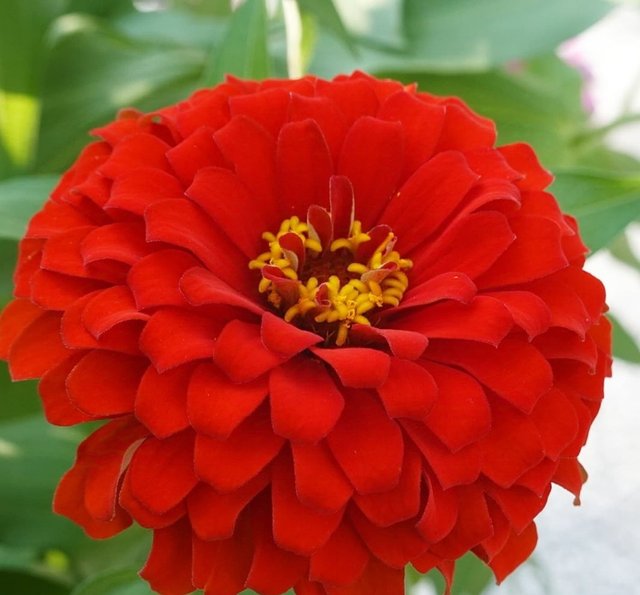Common Zinnia So Amazing
The Common Zinnia: A Vibrant Star of the Garden
The Common Zinnia, also known simply as zinnia, is one of the most beloved and widely cultivated flowers in gardens around the world. Known for its bright, bold colors and long-lasting blooms, it has become a staple for gardeners seeking to create vibrant, eye-catching displays. Native to Mexico and Central America, zinnias have a rich history of cultivation and have been adored for centuries due to their beauty, ease of growth, and versatility. Let’s dive deep into what makes this plant so special, its cultivation needs, and why it deserves a spot in every garden.
A History of Zinnias
The name "zinnia" comes from Johann Gottfried Zinn, an 18th-century German botanist who made significant contributions to botany and anatomy. However, long before Zinn's time, the flower had already been growing in the wild, adorning the landscapes of Mexico. The Aztecs, native to the region, admired the zinnia for its colorful, cheerful appearance, using it in various cultural and medicinal applications. When Spanish explorers came to the New World, they took notice of these flowers and brought them back to Europe, where the plant quickly gained popularity.
Striking Appearance and Diversity
Zinnias are most recognized for their brilliant colors, which range from vibrant pinks, reds, oranges, and yellows to more subtle hues of white, cream, and pastel tones. Some zinnia varieties are bi-colored, with stunning patterns that add an extra layer of visual interest. The flowers themselves can have different shapes, from simple, daisy-like blossoms to more complex, double-flowered varieties with layers of petals.
The shape and height of zinnias vary significantly depending on the variety. While dwarf zinnias may grow only 6 to 12 inches tall, larger varieties can tower up to 3 feet or more, making them versatile for different parts of the garden. The flowers are typically round with a raised central disk, surrounded by a multitude of petals, creating a full and lush bloom.




